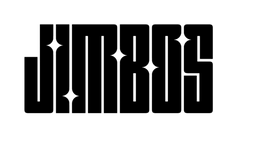Car Blower vs Drying Towel – What’s the Fastest Way to Dry Your Car?
Some detailers swear by a cordless blower. Others grab a drying towel and go. So what’s actually faster—and safer—for drying your car without spots or scratches?
We tested both methods side-by-side on ceramic-coated paint and glass, with a Ryobi blower and the Massive Drying Towel. Here’s what worked best, and when you should use each.
Test Setup – Blower vs Towel
We washed a ceramic-coated car with The Super Soaper, rinsed in shade, and timed the full dry using:
- Ryobi 18V Cordless Blower – set to high with flat nozzle
- Massive Drying Towel – used with blot-and-drag technique
Both methods were used on paint, glass, trim, and wheels to simulate real use.
Results – What’s Faster?
| Area | Blower Time | Towel Time |
|---|---|---|
| Roof + Hood | 2:10 | 1:40 |
| Glass | 1:15 | 1:30 |
| Lower Panels | 2:20 | 1:55 |
| Total Dry Time | 5:45 | 5:05 |
Winner (for speed): Towel
Winner (for no-touch safety): Blower
When to Use a Blower
- Your car is ceramic coated and beads heavily
- You’re working in tight spaces like wheels, grilles, or emblems
- You want to avoid any towel contact at all
In our Ryobi blower review, it excelled on coated cars and trim but took longer overall.
When to Use a Drying Towel
- You want speed and full control over each panel
- Your paint is warm or has less hydrophobic behavior
- You’re working in direct sun and need to move fast
The Massive Drying Towel covered large panels quickly with no streaks—even on glass. It also reduced water spotting better than the blower.
What We Recommend
Use a blower when your car is coated. Use a towel when your car is warm or time is limited.
Or better yet—use both. Blow out the cracks and trim, then follow with a single towel pass to catch stragglers. It’s the safest and fastest hybrid method we’ve found.
Related Posts You’ll Like
- Best Car Drying Towels (Side-by-Side Test)
- Best Foam Cannon Soaps (That Rinse Clean)
- Best Ceramic-Safe Car Wash Soaps



